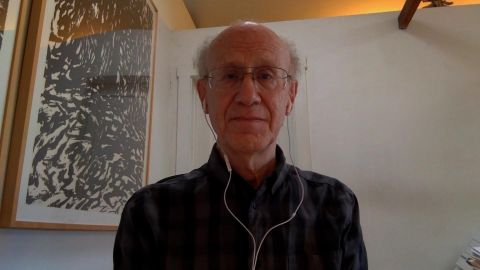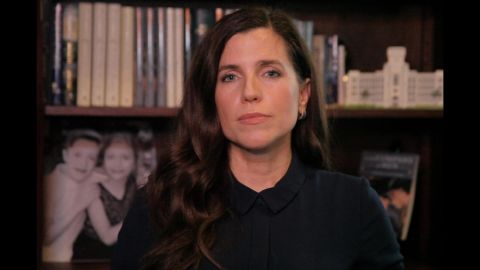Read Transcript EXPAND
CHRISTIANE AMANPOUR: So, tell me a little bit, remind us what it was like at the time polio was raging. It took your father some seven years, I believe, to develop the vaccine and then it was it was given out. How did the rollout go and do you remember yourself getting it?
PETER SALK, PRESIDENT, JONAS SALK LEGACY FOUNDATION: Well, I certainly remember my first injection when the vaccine was still in an experimental stage because I hated needles and the miracle that day was that I didn’t feel that injection. So, that has fixed the moment in my mind. And in terms of the way things —
AMANPOUR: And what do you see — yes. Sorry. Go ahead.
SALK: No, no please.
AMANPOUR: Go ahead. No, no, no. I wanted you to tell me the story.
SALK: OK. Good. What things were like back then, polio was getting worse and worse. This had been an endemic disease for hundreds and hundreds of years. And then within improve sanitation, it became an epidemic disease because the virus would spread and children wouldn’t be infected very early with the increased sanitation at a time when they had protection from their mother’s antibodies, and then when those antibodies were off and they got infected later on, then the problem really became explosive. So, there were huge epidemics, growing each year up until the vaccine came along. People were terrified, there was no way of knowing whether their child would be affected, how this summer would be, which was the time that the virus would spread the most seriously. And what happened was the people of this country got behind it, they wanted to see a vaccine, it was not funded by the government, it was funded by the people, the March of Dimes raised funds dime by dime, dollar by dollar so that when this vaccine that my father and his coworkers at the University of Pittsburgh had developed, when that was finally found in a 1.8 million child field trial to have been safe, effective and potent with potency ranging in the 80 to 90 percent range, that was a huge relief. Parents could finally relax, swimming pools could open, movie theaters could open again. And within six years of the introduction of that vaccine, the number of cases of polio fell from a peak of about 58,000 cases in 1952, there was a 97 percent reduction by the end of six years. So, there was a palpable relief and this is a milestone to compare against.
About This Episode EXPAND
Nancy Mace; Jon Tester; Kara Swisher; Peter Salk
LEARN MORE



